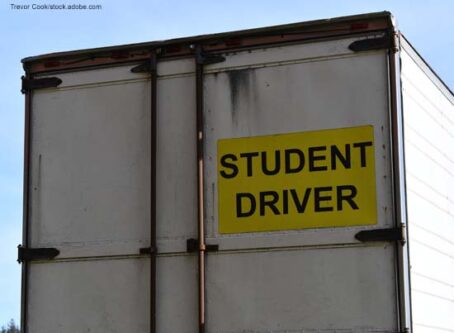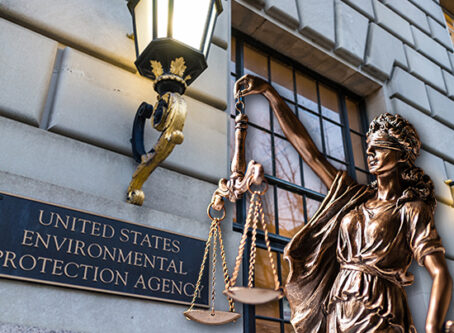NTSB letter calls out Tesla to highlight need for safety standards on automated vehicles
The National Transportation Safety Board wants to see minimum standards imposed on automated driving systems, and its naming one automaker in particular for having lax standards of safety that have contributed to multiple fatality crashes.
In a letter sent to the National Highway Traffic Safety Administration last month, NTSB Chairman Robert Sumwalt says the federal government needs to focus on creating performance standards for collision avoidance systems, whether the vehicle is driven by a human or an automated driving system.
“As NHTSA moves toward an ADS safety framework, it is important that the agency prioritize the development of minimum performance standards for collision avoidance technologies and require the systems as standard equipment on all new vehicles,” Sumwalt’s letter states.
The letter was filed as part of an Advanced Notice of Proposed Rulemaking put forward by NHTSA to establish a framework for automated driving system safety. The comment period ended Feb. 1.
The letter notes that from May 2016 to March 2019, NTSB has investigated four crashes – including three fatalities – that involved vehicles operating in partial automation mode. A fourth fatality crash, occurring in November 2019, involved a vehicle operated by a developmental automated driving system.
NTSB is calling on both NHTSA and the U.S. Department of Transportation to develop a strong safety foundation for automated vehicles, including the following:
- Standardization of autonomous vehicle data collection to better understand automated control systems.
- A requirement for safety-critical information to be available and evaluated for developmental automated driving systems.
- The development of performance standards to evaluate driver engagement.
- Improved oversight of systems that may operate outside a vehicle’s operational design domain.
- The incorporation of more robust collision avoidance test procedures into the new car assessment program.
In the section about testing autonomous vehicles on public roads, NTSB refers to NHTSA’s perception of the safety of testing autonomous vehicles on public roads as “probably unrealistic.”
The letter repeatedly calls out automaker Tesla for a lack of appropriate safeguards, which contributed to the deaths of at least three Tesla owners who were killed in crashes when their vehicles’ Autopilot system was engaged.
Sumwalt’s letter also criticized Tesla for recently releasing a beta version of its Level 2 Autopilot system, described by the company as having full self-driving capability.
“By releasing the system, Tesla is testing on public roads a highly automated AV technology but with limited oversight or reporting requirements,” the letter states. “Although Tesla includes a disclaimer that ‘currently enabled features require active driver supervision and do not make the vehicle autonomous,’ NHTSA’s hands-off approach to oversight of AV testing poses a potential risk to motorists and other road users.”
OOIDA’s letter to NHTSA about Tesla’s “Autopilot”
Last November, the Owner-Operator Independent Drivers Association sent a letter to the National Highway Traffic Safety Administration addressing its concerns about Tesla’s wording.
The Association pointed out that the majority of truck-involved crashes are caused by passenger vehicles. Consequently, misleading technology like Tesla’s Full Self-Driving system jeopardizes the safety of truckers and other motorists.
“Therefore, we are dismayed with the administration’s lack of oversight of automated driving technologies currently deployed on public roadways that jeopardize truckers’ safety,” OOIDA President Todd Spencer wrote. “The use of unfinished and unproven automated technologies poses a significant threat to small-business truckers, and we urge you to take action to protect all road users and promote greater transparency and oversight of their development.” LL









